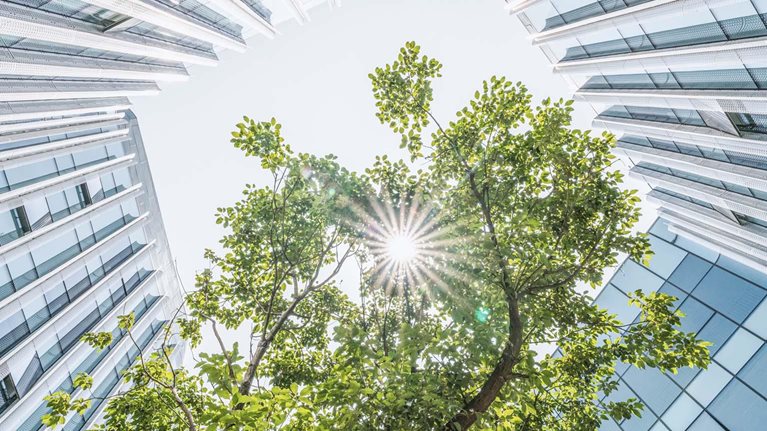The Circularity in the built environment: Maximizing CO2 abatement and business opportunities white paper, written by the World Economic Forum in collaboration with McKinsey & Company, offers strategies for a sustainable transition in the built environment, aligning with global development goals and addressing the urgent challenge of CO2 abatement, and serves as a call to action for leaders in both the public and private sectors.
Approximately 26 percent of global greenhouse gas emissions originate from the built environment. Growing population and accelerating urbanization could further increase this pressure. However, there is an opportunity to transition from current consumption and production patterns to a more sustainable circular approach.
In addition, this paper addresses the critical need for climate action. It emphasizes the shift toward a circular economy, highlighting how reimagined design, technology and innovative business models can significantly reduce waste, conserve resources, and unlock economic value.
The research assesses the impact of circular strategies on six key building materials: cement, steel, aluminum, plastics, glass, and gypsum, projecting substantial CO2 reductions and economic benefits by 2050. Finally, it underscores the importance of “lighthouses” or pioneering projects in demonstrating circularity’s feasibility and scalability.


